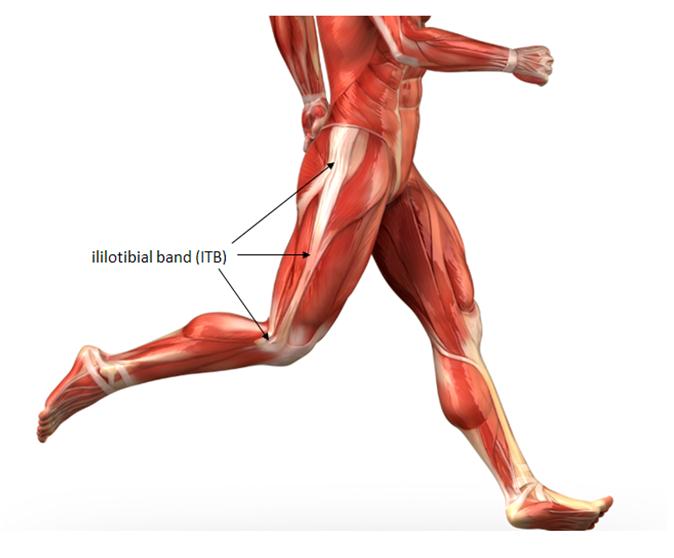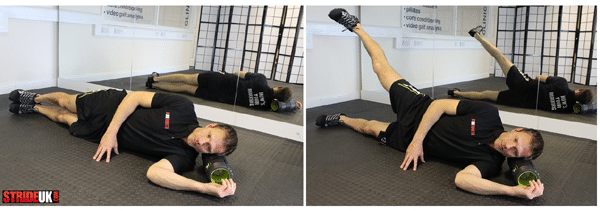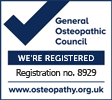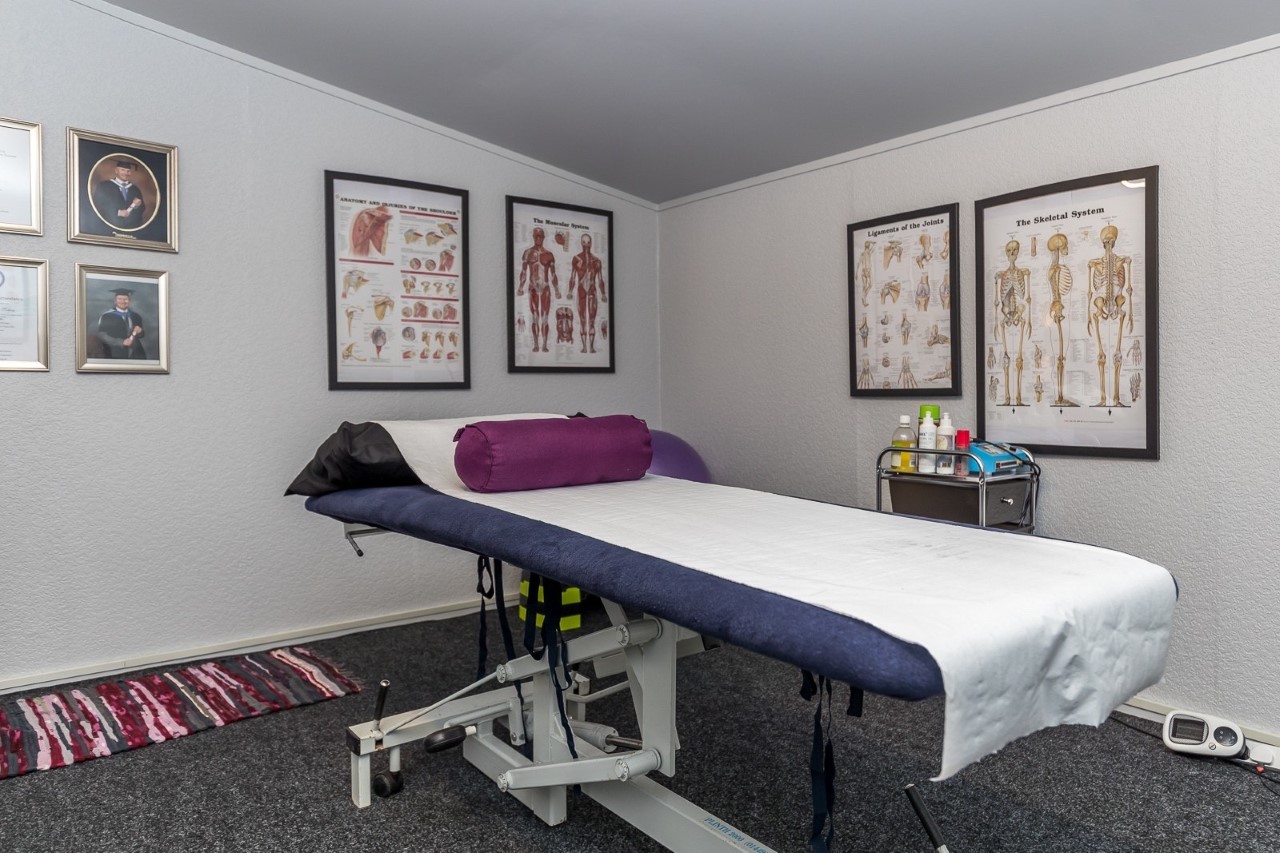Running season has arrived and a lot of you wanted to hit the ground running, but instead, you hit the ground hurting…hurting on the outside of your knee. If that’s the case, you could have iliotibial band syndrome (ITBS) or IT band syndrome for short. IT band syndrome is an overuse injury that is common in endurance athletes like runners and bikers. It affects a tissue that runs from the side of your hip all of the way down past your knee. Most of the time, the inflammation manifests itself as pain on the outside of the knee. It can be incredibly painful and is typically a frustratingly stubborn injury to deal with. One quick look at the anatomy below can help you realize that the cause of the pain can be anywhere from the hip to the knee, so getting to the root cause can be a little tricky, but here are some solutions to a few of the most common causes of IT band syndrome.

1. Overuse
Technically, IT band syndrome is an overuse injury. It’s kind of a misleading classification since there are usually other factors than overuse, but approaching IT band syndrome as an overuse injury is an important first step towards recovery. After icing and resting for a few days, you may need to change up your training regimen. Sometimes this can be as easy as avoiding repetition. Try changing your running route or getting away from the treadmill or track for a jog outside or go for a swim. If getting in shape or building up your endurance is your goal, try some cross-training while you slowly ramp up your mileage. Keep in mind that while overuse is usually one of the causes of IT band syndrome, there are usually other factors contributing to your pain, so some of the other interventions below may be necessary.
2. Tight Tissues
Tight muscles in your hips or along the side of the leg can be a major contributing factor to IT band syndrome. All of these tissues are connected, so even though the location of the pain is in the knee, the hips can very well be the area that need the most attention.
Stretching the IT band and the connected muscle is fairly simple. Just cross your legs, keeping the affected leg in back (position 1). Lean away from the painful leg until you feel a stretch along the side of the leg (position 2). Hold that for 30 seconds and repeat 5 times.
 In addition to stretching foam rolling or work with a tennis ball to loosen up tight tissues and release any tightness in your hip muscles often helps. Stretch and roll both of your legs as tight tissues on one leg can cause pain on the opposite side. If there still seems to be some lingering tight spots after you try the at-home solutions, you may need to see a professional for some individualized hands-on work such as an Osteopath.
In addition to stretching foam rolling or work with a tennis ball to loosen up tight tissues and release any tightness in your hip muscles often helps. Stretch and roll both of your legs as tight tissues on one leg can cause pain on the opposite side. If there still seems to be some lingering tight spots after you try the at-home solutions, you may need to see a professional for some individualized hands-on work such as an Osteopath.
3. Weak Hip Muscles
Researchers have found that weak hip muscles in particular gluteus medius can be one of the biggest reasons people get IT band syndrome. Weak muscles in the hip tend to cause your running form to break down, which puts a lot of stress on the tissues in the knee. To strengthen the muscles most commonly affected, you can try some of the exercises suggested.


4. Poor Running Form
Sometimes getting rid of IT band syndrome can be as simple as changing the way that you run. Having a professional look at your running gait can reveal some problems that you may have never noticed. Some of the more common problems are overstriding (taking too long of steps) and strides that cross over the midline of the body. These are pretty easy to notice and can sometimes be pointed about by an experienced runner. Sometimes, however, the breakdown in form can be more subtle and require something more involved like a video gait analysis.
5. Shoe or Orthotic Issues
You can correct every issue in your body, but if what comes between your foot and the ground is the cause of your problem, you’ll never see relief. Overworn shoes can cause your foot to land at awkward angles, which transfers a lot of stress up to the knee and hip, so keeping your shoes within their recommended mileage is critical. Also, adjusting to minimalist shoes (or none at all) will require you to adjust your running style, so be sure to do your research and be patient while adjusting. Finally, arch or ankle problems may require you to get orthotics so you can run with a safer gait at rotheryhealth we can assess this for you as part of the consultation.
With all of these suggestions, you can expect for improvement to take some time. If your pain lingers for longer than a few weeks, it may be time to talk to a healthcare provider such as an Osteopath for some more individualized treatment.
www.rotheryhealth.com


















